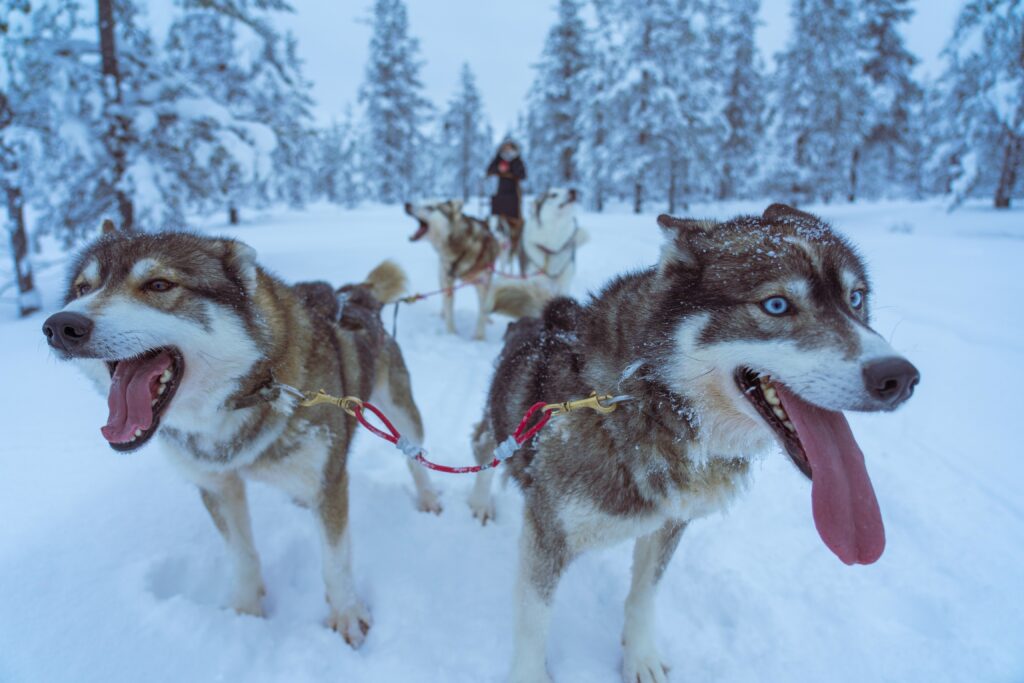
We are all facing the most unusual time and trying to figure out how to vaccinate billions of people. There are many smart people coming up with new ideas to lead this effort. With innovation and leadership, I am sure that we will succeed.
Let us go back to the winter of 1925 in Nome, a remote Alaskan territory about 160 miles from the Arctic Circle. Nome had, at the time, 1,400 residents and one doctor. This doctor examines a boy complaining of labored breathing. He suspects tonsillitis, Until the boy dies the next day. By which point other patients are starting to line up, describing similar symptoms.The doctor changes his diagnosis to diphtheria. The highly contagious bacterial infection had an expected mortality rate of 100% among Alaskan natives.
The situation called for innovation and leadership. Here we go.
How to Get a Solution to Remote Alaska
The good news? A diphtheria antitoxin serum can be supplied from Anchorage. The bad? Anchorage is over 1000 miles away. Worse still, reaching Nome is nearly impossible in the dead of winter. The harbor is fully iced; airplanes are just developing and most have open cockpits; and the Alaska railroad reaches nowhere near Nome.
The territory’s governor, Scott Bone, and the Board of Health take the lead to hatch an innovative plan. The serum will travel by train from Anchorage to Nenana. From there, a coordinated, around-the-clock relay team of the heartiest dogs and men in Alaska will brave the cold and transport the antitoxin via sled, across tundra, frozen lakes, and dense forests.
Now known as the Nome Serum Run of 1925, or the Great Race of Mercy, this effort marked one of the towering rescues in American history. The feat of interspecies heroism would captivate the country. Especially Leonhard Seppala and his lead dog, Togo, a gray and brown Siberian.
Making Tough Decisions in Crisis
At the time, the fastest recorded trip from Nenana to Nome was nine days. It was hoped that relaying with multiple drivers would shave off a day or two. Initially, Seppala was slated to carry the serum for the final leg. But organizers reconsidered. They decided instead that he was the best musher for the most perilous stretch. Crossing the frozen Norton Sound, he would be responsible for covering 91 of the 674 miles. His route was almost twice the distance of anyone else.
For part of his relay leg, near an inlet of the Bering Sea, Seppala had a choice: He could go around Norton Sound or take a dangerous 42-mile shortcut across it. According to the book The Cruelest Miles, by Gay and Laney Salisbury, Seppala and Togo took the risk. As the Salisbury’s recount “In the dark, in 85-below temperatures with wind chill, Seppala could not see or hear the cracking ice, and was dependent on Togo.” Ultimately, they made it across to the stopping point on the north shore, an Inuit igloo, where Seppala fed his dogs, slept a few hours and, with temperatures at –30° and the storm still raging, finished his leg. His treacherous shortcut had saved at least a day.
The collective crew of mushers covered 674 miles in 127 hours and 30 minutes—five and a half days. This is all the more remarkable considering the extreme conditions amid the coldest winter in decades. Thanks to the dedication of the mushers and their dogs, the serum was quickly distributed and administered. Innumerable lives were saved.
When it comes to innovation and leadership, tough choices are often necessary. We can look to this historical example to see how hard work coupled with leadership and innovation can save the day. Lives even. I’m confident what held true in 1925 will continue in 2021.
So, think out-of-the-box and contact me if I can help with your individual objectives and unique challenges. Though, I’ll warn you in advance, I’ll be doing it without aid of any dogs.

